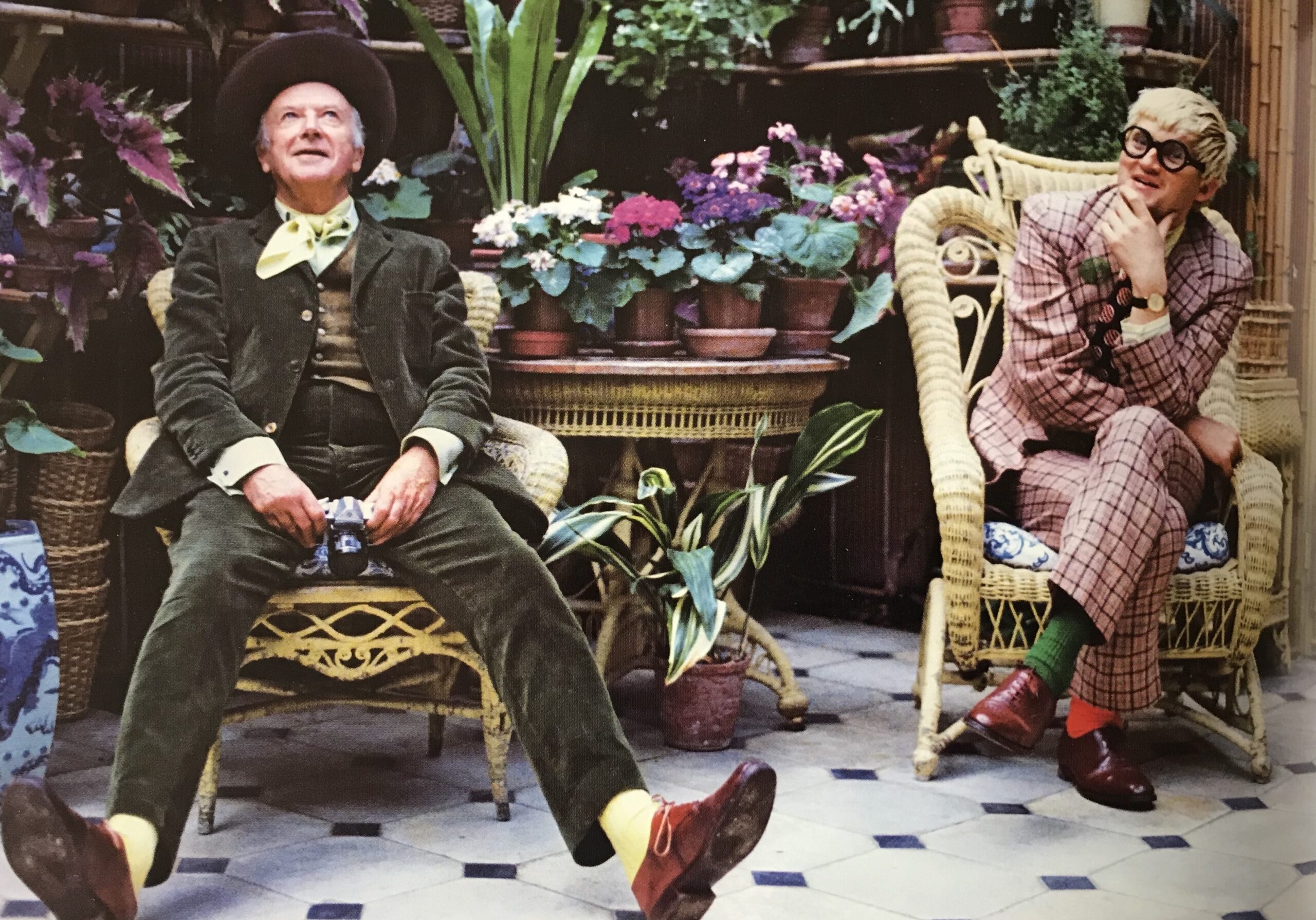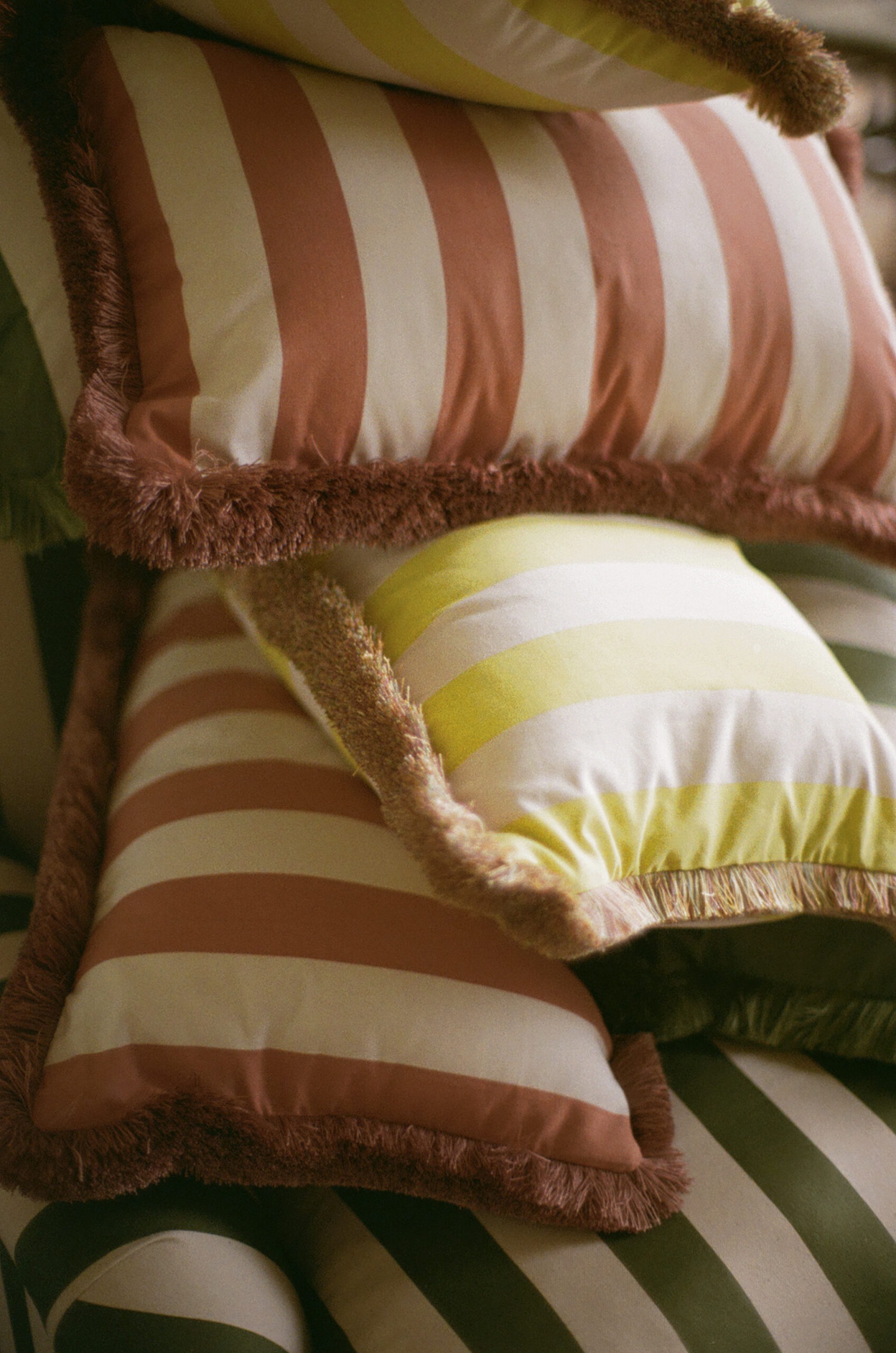We delve into the fascinating world of photographer Cecil Beaton and his two English homes, which were used as the ultimate entertaining and photography backdrops.

A man clad in a green velvet suit and acid yellow socks, paired with a hat that would make Pharrell blush, laughs impishly while splayed out on a wicker chair, a Leica. The dandy beside him has the unmistakable peroxide blob of a young David Hockney. The setting is Reddish Manor, a house in Wiltshire, whose owner played host to many of the most iconic faces of the 20thcentury.


When playing the ‘who would you invite for dinner’ game few, living or dead, rank much higher in our dream address book than Cecil Beaton, legendary 20thcentury designer, photographer and Jazz-age social butterfly. Everyone from Mick Jagger and Gertrude Stein, to Her Majesty The Queen, have graced his glorious lens, but in many ways the man behind the camera is just as engaging as his celebrated subjects.

Born in London in 1904, Beaton’s distinctive style of Black and White photography, often against a stark background, gained rapid acclaim. His early career saw him taken on by Vogue as a fashion photographer, capturing society beauties and screen stars. Eagle-eyed viewers of Netflix’s The Crown will have spotted numerous appearances by Beaton, always immaculately dressed, as he enjoyed a close friendship with Princess Margaret. He notes that she knew the power of a good photograph, and she respected Beaton above all others – his light meter being placed near her was, she said, “like having your pulse taken”. Both are noted for their witty and acerbic sense of humour, with Cecil Beaton going by the nickname of Malice in Wonderland for his sharp tongue on set and off.

Soon Hollywood came calling for Cecil, as he moved from behind the camera to theatre and film design, winning Oscars for Gigi (1958) and the movie adaptation of My Fair Lady (1964), both starring Audrey Hepburn. He treated his homes, first Ashcombe House, and Reddish, where he settled in 1947, as an extension of his studio, curating backdrops for the infamous parties he threw for the great and the good. He kept all of the costumes for My Fair Lady on display in the upper rooms, and one can only imagine the fancy dress parties that took place.

One of the most famous houseguests of his second home, Reddish House, was Greta Garbo, pictured curled on his distinctive stripy corduroy sofa. The actress was rumoured to be in love with Cecil.

While Reddish in its heyday epitomized the idiosyncratic and surreal taste of its most famous inhabitant (though it had also been home to the parents of painter Christopher Wood), Cecil Beaton’s unique skill was in creating interesting backdrops for his sitters, wherever he was. This can be seen in the way he used collage and white paper to startling effect in his early photographs for Vogue, such as his portrait of the actress Ruth Ford in Paris in 1936, which would not look out of place in today’s style pages.



One of the photographer’s most striking portraits is of the American painter Georgia O’Keefe, standing in her minimal, barnlike studio in New Mexico, a few talismanic objects carefully framing the sitter. In contrast to the elaborate interiors of his own homes, the phrase ‘less is more’ never feels more apt than when appreciating Cecil Beaton’s compositions. His collective work is a master class in the economic use of tone and form, to potent ends.



